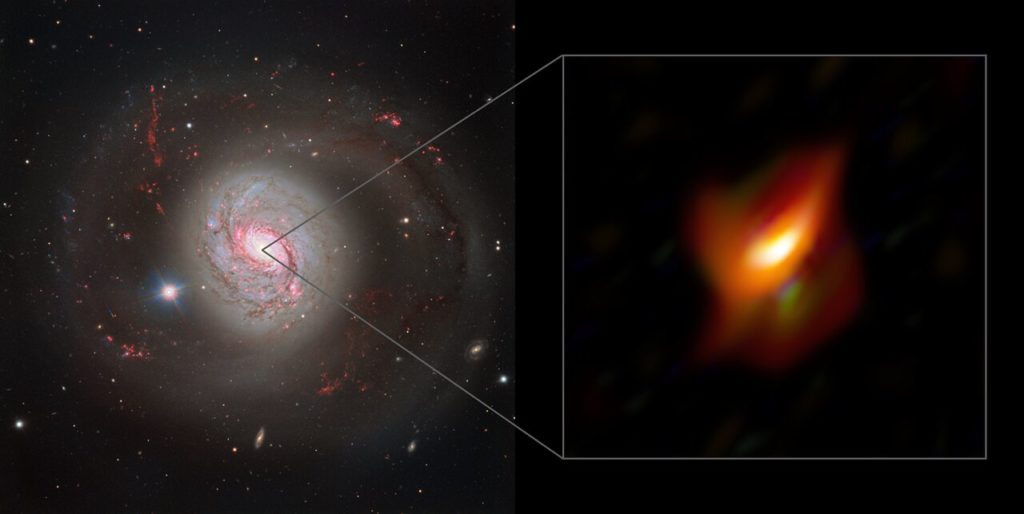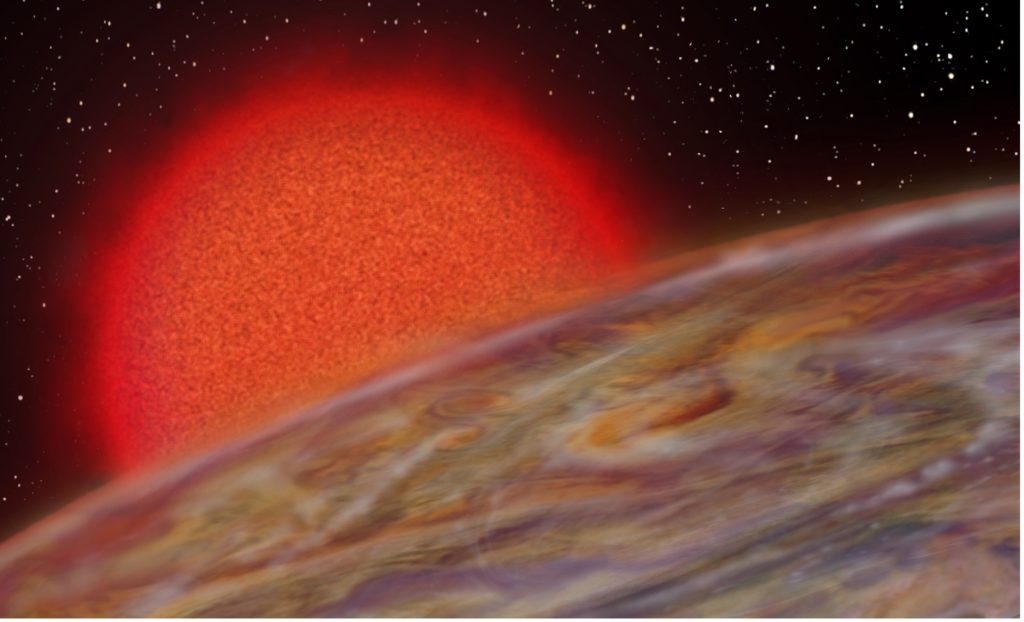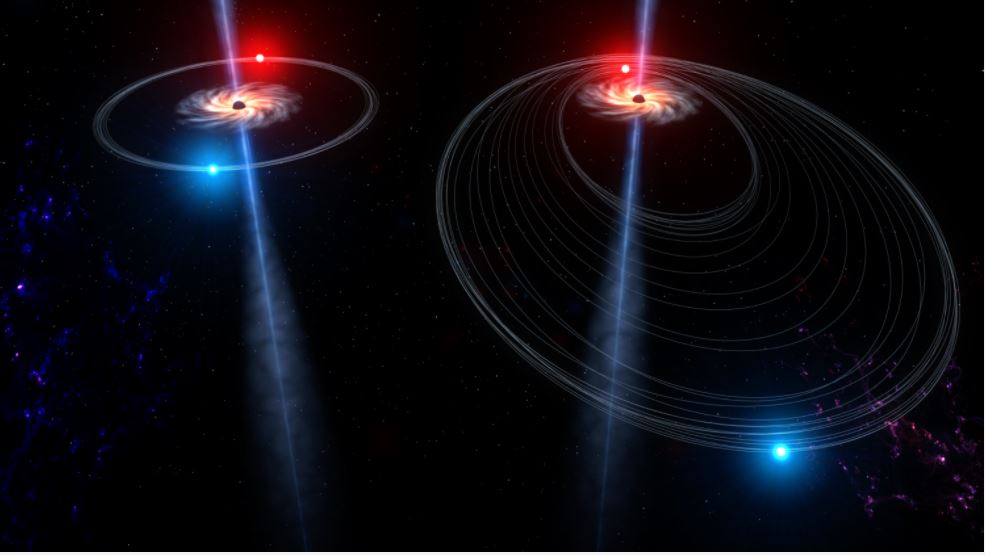
Active galactic nuclei (AGNs) are extremely energetic sources powered by supermassive black holes and found at the centre of some galaxies. These black holes feed on large volumes of cosmic dust and gas. Before it is eaten up, this material spirals towards the black hole and huge amounts of energy are released in the process, often outshining all the stars in the galaxy.
Astronomers have been curio...
Read More









Recent Comments